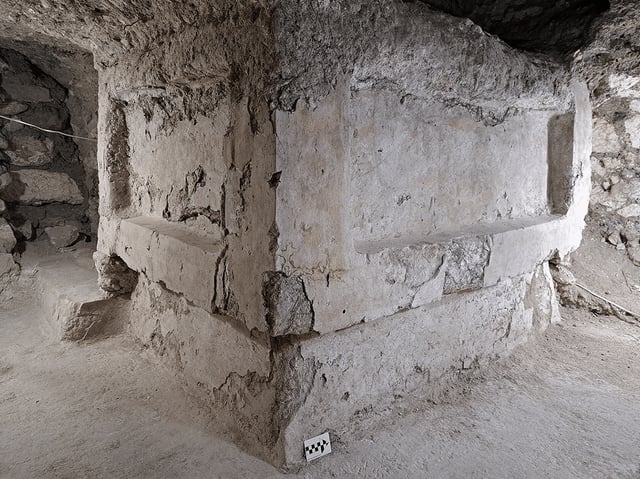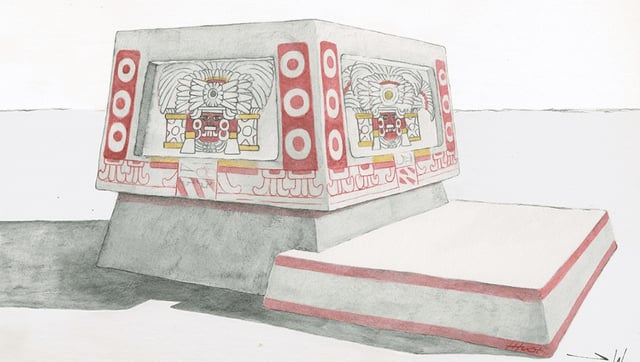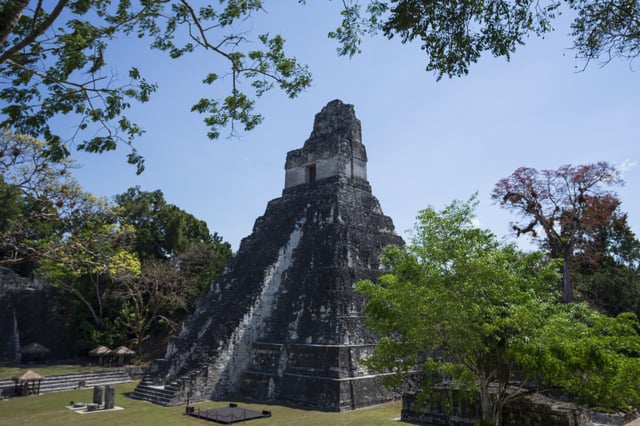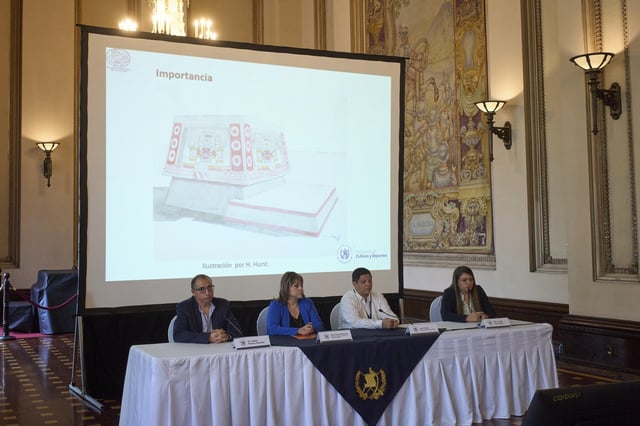Overview
- The altar, dating from 400-450 AD, features the Teotihuacan storm goddess and was likely used for ritual sacrifices, as evidenced by the remains of three children and an adult buried nearby.
- Researchers believe the altar was crafted by a Teotihuacan-trained artisan, showcasing the empire's artistic and ritual practices in the Maya city of Tikal.
- LiDAR scans recently uncovered a buried replica of a Teotihuacan citadel near Tikal, further supporting theories of political occupation and surveillance by Teotihuacan elites around 378 AD.
- The discovery corroborates historical accounts of a coup in Tikal, where Teotihuacan deposed the local king and installed a puppet ruler, reshaping the city's sociopolitical landscape.
- Archaeologists suggest that the altar and surrounding structures, later intentionally buried, reflect the Maya's complex and enduring legacy of both subjugation and cultural exchange with Teotihuacan.



